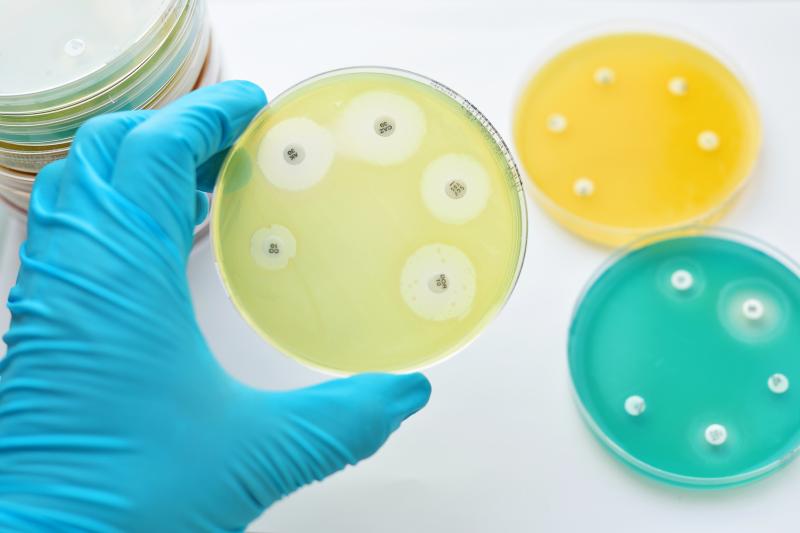
Researchers conducted a retrospective analysis of 590 children (aged 0–18 years; 66.1 percent female) with acute pyelonephritis from whom urine samples were collected, were cultured and tested positive. Antimicrobial testing was performed through agar disk diffusion.
Majority of the samples were positive for Escherichia coli (60.8 percent). Other common uropathogens were Enterococcus spp (13.3 percent), Klebsiella spp (7.0 percent), Proteus spp (5.2 percent) and Pseudomonas aeruginosa (4.2 percent).
E. coli had an 81.0 percent sensitivity to aminopenicillin/BLI. Without the BLI add-ons, sensitivity dropped to 57.1 percent. Second and third generation cephalosporins, carbapenems, quinolones and aminoglycosides proved to be even more powerful against E. coli, which was >90 percent sensitive.
Over the 10-year period from 2009 to 2018, E. coli showed an average sensitivity to aminopenicillin/BLI of 81.0 percent. Though a rapid decrease to 64.3 percent sensitivity was observed since 2014, this was not accompanied by changes in clinical response rate.
Enterococcus spp cultures were 96.8 percent sensitive to ampicillin, but resistant to cotrimoxazole in 14.9 percent. Klebsiella spp, intrinsically resistant to ampicillin, also showed a 6.1-percent resistance rate against aminopenicillin/BLI. However, Klebisiella spp showed high sensitivity to cephalosporins, carbapenems and quinolones.
Proteus spp samples were 45.9 percent resistant to cotrimoxazole and intrinsically resistant against nitrofurantoins.